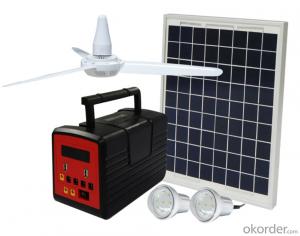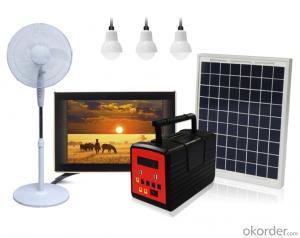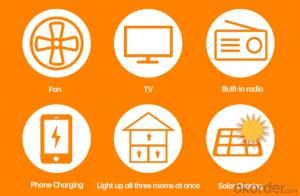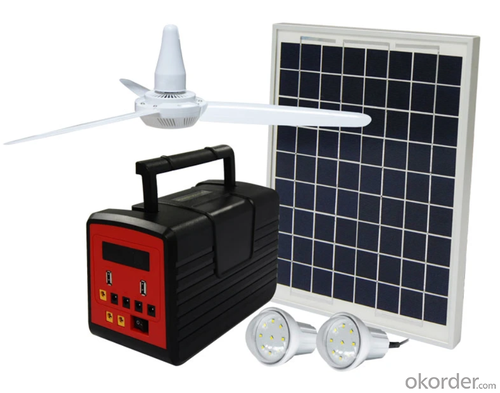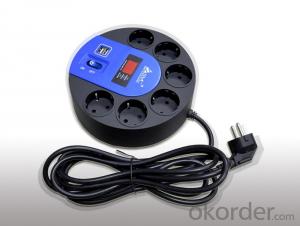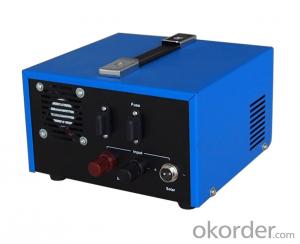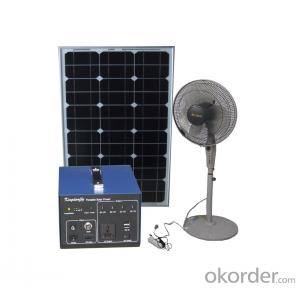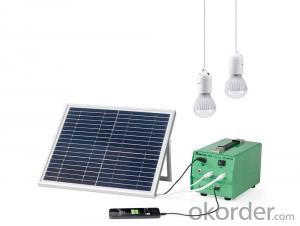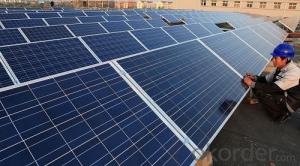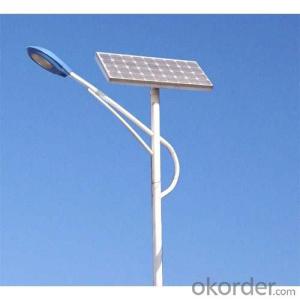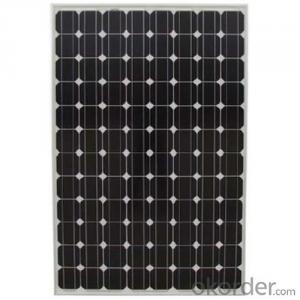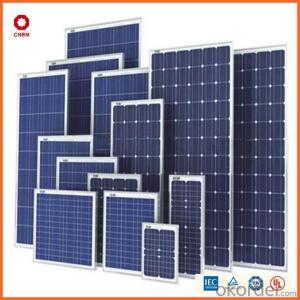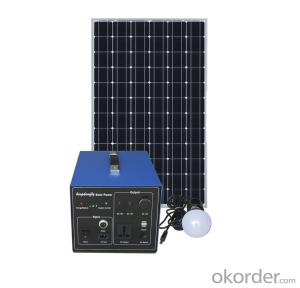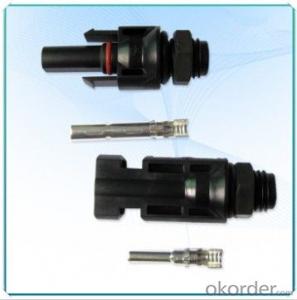Portable Solar Energy Systems with Big Solar Panel LED Light Product Radio MP3
- Loading Port:
- Shekou
- Payment Terms:
- TT OR LC
- Min Order Qty:
- 1 set
- Supply Capability:
- 500 set/month
OKorder Service Pledge
OKorder Financial Service
You Might Also Like
Specification
1. Description and specifications of Portable Solar Home Energy Power System with Big Solar Panel LED Light Product Radio MP3
Model NO. PS-K025L2
Battery: 11.1V/13000 mAh Li-ion
Bulbs: 3*3W with 5m Cable
Stand Fan: 16 Inch
Function:Lighting, Phone Charging, Radio, MP3, TV, Fan
Charging Time:6-8 H Under Sufficient Sunlight
Working Time: 14h for 3 Lamps; 22h for 2 Lamps; 43h for 1 Lamp
Accessories: 5-in-1 Charging Cable
2. Features of Portable Solar Home Energy Power System with Big Solar Panel LED Light Product Radio MP3
- All-in-1 DIY design, just need to plug & pla
- Multifunctional Lighting & 2 USB phone charger & TV & DC ceiling fan & FM radio and MP3
- 5*DC 12V output for powering different DC appliance
- Lighting up 3 rooms at the same time, max can connect 5 bulbs
- 2 DC Charging input to charge battery, by solar or electricity
- Battery indicator to show battery capacity to remind you charge in time
3. Pictures of Portable Solar Home Energy Power System with Big Solar Panel LED Light Product Radio MP3


4. Packages
Sea transport packages
- Q: Can solar energy systems be used for powering wastewater treatment plants?
- Absolutely, wastewater treatment plants can definitely utilize solar energy systems for power. To generate electricity, solar panels and other solar energy systems can be installed on the rooftops or in open areas surrounding the treatment plants. This generated electricity can then be utilized to power the various components and processes involved in wastewater treatment, including pumps, motors, blowers, and filtration systems. Using solar energy for wastewater treatment plants brings several advantages. Firstly, it is an environmentally friendly and sustainable energy source, helping to reduce the carbon footprint and environmental impact of these facilities. Solar energy systems produce electricity without releasing any greenhouse gases or pollutants into the air, making them an excellent choice for preserving the environment. Secondly, solar energy systems can provide a consistent and dependable power supply to the treatment plants. The availability of sunlight is generally predictable, and advancements in solar technology have enabled the storage of excess energy in batteries for use during cloudy days or at night. This ensures uninterrupted operation of the wastewater treatment plants, even in areas with unreliable grid connections or frequent power outages. Moreover, solar energy systems can also contribute to cost reduction for wastewater treatment plants. By generating their own electricity, these facilities can potentially decrease their reliance on the grid, resulting in substantial savings on energy bills. Additionally, solar energy systems require minimal maintenance and have a long lifespan, leading to further cost savings over time. In conclusion, solar energy systems can be effectively utilized for powering wastewater treatment plants. They provide a clean, dependable, and cost-effective solution that not only reduces the environmental impact but also offers energy independence to these crucial facilities.
- Q: Are there any risks of electrical malfunctions or failures during extreme weather events with solar energy systems?
- Solar energy systems may encounter risks of electrical malfunctions or failures during extreme weather events. While solar panels are designed to withstand various weather conditions, such as rain, snow, and wind, they remain susceptible to damage in severe weather events like hurricanes, tornadoes, or severe storms. In extreme weather, high winds have the potential to physically harm solar panels by dislodging them from their mounts or causing them to break. Heavy snowfall can also cover the panels, reducing their efficiency and potentially causing them to collapse due to the weight. Additionally, lightning strikes during thunderstorms can jeopardize the electrical components of the solar energy system, leading to potential malfunctions or failures. Nevertheless, it is important to note that solar energy systems are typically equipped with safety measures to minimize these risks. Many solar panels undergo testing and certification to ensure they can withstand specific wind speeds and snow loads. Sturdy and secure mounting systems are utilized, and electrical components often have surge protection to safeguard against lightning strikes. Furthermore, solar energy systems are interconnected with the power grid, enabling a seamless transition to grid power during extreme weather events if needed. This helps mitigate the impact of potential malfunctions or failures. To mitigate the risks associated with extreme weather events, regular maintenance and inspection of solar energy systems are crucial. Periodic check-ups and cleaning can ensure the panels are in good condition, and any signs of damage or wear can be promptly addressed. It is also advisable to seek guidance from a professional installer or technician who can offer advice on specific weather-related risks and potential solutions.
- Q: How does the installation of solar panels affect the building's resale value?
- The installation of solar panels can have a positive impact on a building's resale value. Solar panels are seen as a valuable addition to a property as they provide several benefits. Firstly, solar panels can significantly reduce or even eliminate electricity bills, which is an attractive feature for potential buyers. The prospect of saving money on energy costs can make a property more appealing and increase its market value. Additionally, with rising concerns about climate change and a growing interest in sustainable living, having solar panels can be seen as a desirable feature that aligns with eco-conscious values. Moreover, solar panels can also generate income through net metering programs. In some regions, excess electricity generated by solar panels can be sold back to the grid, providing an additional revenue stream. This financial benefit can make a property more valuable and attract buyers who are interested in renewable energy investments. Furthermore, the installation of solar panels can contribute to a building's overall energy efficiency. This can lead to improved energy performance ratings and certifications, such as LEED or Energy Star, which can further enhance the property's resale value. However, it is important to note that the impact on resale value may vary depending on various factors, including the location of the property, local housing market trends, and the size and quality of the solar panel system. It is advisable to consult with real estate professionals or appraisers who have experience in evaluating the impact of solar panels on property values in a specific area.
- Q: Do solar energy systems require regular inspections?
- Regular inspections are required for solar energy systems. These inspections are crucial to ensure optimal functioning and to detect any potential issues or maintenance requirements. They typically involve examining the condition of solar panels, evaluating the inverter's performance, inspecting electrical connections, and assessing overall system efficiency. By conducting regular inspections, problems can be detected early on, allowing for timely repairs or maintenance to prevent further damage or performance decline. Moreover, inspections may be necessary to comply with local regulations and maintain eligibility for incentives or warranties. Therefore, it is highly recommended to arrange regular inspections conducted by qualified professionals to guarantee the durability and effectiveness of solar energy systems.
- Q: Can a solar energy system be installed on a community center or clubhouse?
- Certainly, it is entirely possible to install a solar energy system on a community center or clubhouse. As a matter of fact, community centers and clubhouses are prime locations for solar installations due to their expansive roof spaces and considerable energy consumption. By placing solar panels on the roof of a community center or clubhouse, the facility can effectively generate clean and sustainable electricity to fuel its operations. The utilization of solar energy systems can contribute to the reduction of electricity bills, the mitigation of carbon emissions, and the advancement of sustainable development within the community. Moreover, by integrating solar panels with battery storage systems, any surplus energy generated during daylight hours can be stored and utilized during the night or during periods of high demand. All in all, the installation of a solar energy system on a community center or clubhouse serves as an excellent opportunity to exhibit environmental leadership and inspire others within the community to adopt renewable energy.
- Q: How does the efficiency of solar panels vary across different panel technologies?
- The efficiency of solar panels can vary significantly across different panel technologies. Traditional silicon-based panels, also known as monocrystalline or polycrystalline panels, have an average efficiency range of 15% to 20%. However, newer technologies like thin-film solar panels, such as amorphous silicon or cadmium telluride, have lower efficiencies ranging from 10% to 12%. On the other hand, emerging technologies like perovskite solar cells have shown great promise with efficiencies exceeding 25%. Therefore, it can be concluded that the efficiency of solar panels varies based on the specific technology employed.
- Q: Can solar energy systems be installed in areas with high winds?
- Yes, solar energy systems can be installed in areas with high winds. In fact, it is important to consider wind speeds when installing solar panels to ensure their structural integrity and longevity. Solar panels are designed to withstand various weather conditions, including high winds. Proper installation techniques, such as utilizing strong mounting systems and securing panels with appropriate fasteners, can enhance their resistance to wind damage. Additionally, some solar panel manufacturers conduct rigorous testing to ensure their products can withstand high wind speeds. It is recommended to consult with a professional installer who can assess the specific conditions of the area and design a solar energy system that can effectively withstand high winds.
- Q: What is the role of surge protectors in a solar energy system?
- Surge protectors play a crucial role in a solar energy system by safeguarding the system against power surges and voltage spikes. Solar energy systems generate electricity through photovoltaic panels, which convert sunlight into usable energy. However, electrical disturbances such as lightning strikes, grid fluctuations, or equipment malfunctions can cause sudden voltage surges that can potentially damage the solar panels, inverters, and other components of the system. A surge protector serves as a protective barrier by diverting excess voltage away from the system, preventing it from reaching and potentially damaging sensitive equipment. It works by monitoring the electrical current flowing through the system and automatically redirecting any excess voltage to a grounding wire or dissipating it safely. This helps to maintain a stable and consistent flow of electricity, ensuring the longevity and performance of the solar energy system. In addition to protecting against power surges, surge protectors also mitigate the risk of electrical fires that can occur due to overvoltage situations. By preventing excessive voltage from reaching critical components, surge protectors significantly reduce the chances of electrical failures and potential fire hazards. Furthermore, surge protectors enhance the overall safety of the solar energy system by providing a layer of protection for the homeowners and professionals working on the system. They create a reliable barrier that prevents electrical shocks by diverting high voltages away from the system and grounding them safely. Overall, surge protectors are an essential component in a solar energy system as they protect against power surges, voltage spikes, and potential electrical hazards. By ensuring the system's integrity and safety, surge protectors contribute to the optimal performance and longevity of the solar energy system.
- Q: Are there any limitations to using solar energy for powering vehicles?
- Yes, there are limitations to using solar energy for powering vehicles. Some of the main limitations include the intermittent nature of solar power, as it is dependent on weather conditions and daylight availability. This makes it challenging to consistently generate sufficient energy for continuous vehicle operation. Additionally, solar panels take up a significant amount of space, which can be impractical for smaller vehicles with limited surface area. Moreover, the energy conversion efficiency of solar panels is relatively low, resulting in less power output compared to conventional fuel sources. Lastly, the initial installation cost of solar panels and the associated infrastructure can be expensive, making it less economically viable for widespread adoption in the automotive industry.
- Q: Can solar energy systems be used in areas with frequent cloud cover?
- Yes, solar energy systems can still be used in areas with frequent cloud cover. While cloud cover can reduce the overall efficiency of solar panels, they can still generate electricity even in cloudy conditions. Additionally, advancements in solar technology, such as hybrid systems or solar trackers, can help maximize energy production in areas with less sunlight.
Send your message to us
Portable Solar Energy Systems with Big Solar Panel LED Light Product Radio MP3
- Loading Port:
- Shekou
- Payment Terms:
- TT OR LC
- Min Order Qty:
- 1 set
- Supply Capability:
- 500 set/month
OKorder Service Pledge
OKorder Financial Service
Similar products
Hot products
Hot Searches
Related keywords
